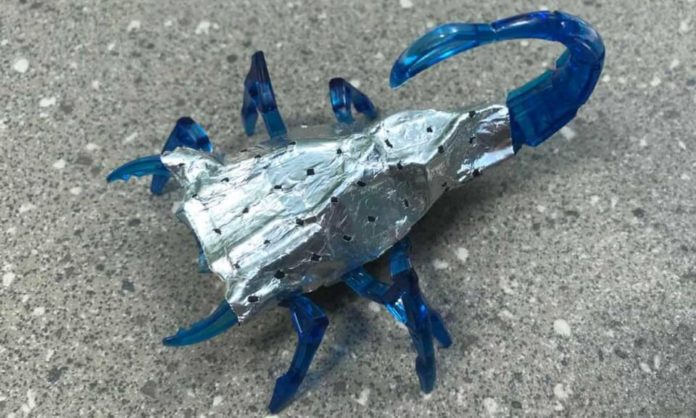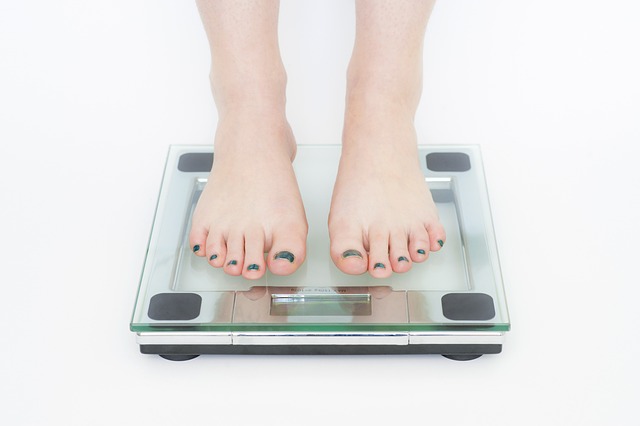Robots are doing wonders, whether that is helping the world in this coronavirus pandemic or herding sheep in New Zealand. One of the common issues especially with compact robots is their battery capacity.
This problem can be solved if some of their structural materials are doubled as energy storage, much like fat in humans.
Researchers from the University of Michigan have come up with a solution. They have created “biomorphic batteries” that allow robots to store energy in fat reserves spread across their bodies.
The research was published in the journal Science Robotics.
Robots can store up to 72-times more energy through this system
Researchers have developed a new rechargeable zinc battery. It integrates into the robot’s body to free up space and reduce the weight that conventional lithium-ion batteries create.
Research leader, Nicholas Kotov, said, “Robot designs are restricted by the need for batteries that often occupy 20 percent or more of the available space inside a robot, or account for a similar proportion of the robot’s weight,”
New zinc battery could greatly increase energy density. So by replacing lithium-ion batteries with zinc batteries robots could have 72 times more power capacity.
Zinc batteries are more flexible
Ahmet Emre, a doctoral student in Kotov’s la, said. “Batteries that can do double duty — to store charge and protect the robot’s ‘organs’ — replicate the multifunctionality of fat tissues serving to store energy in living creatures,”







